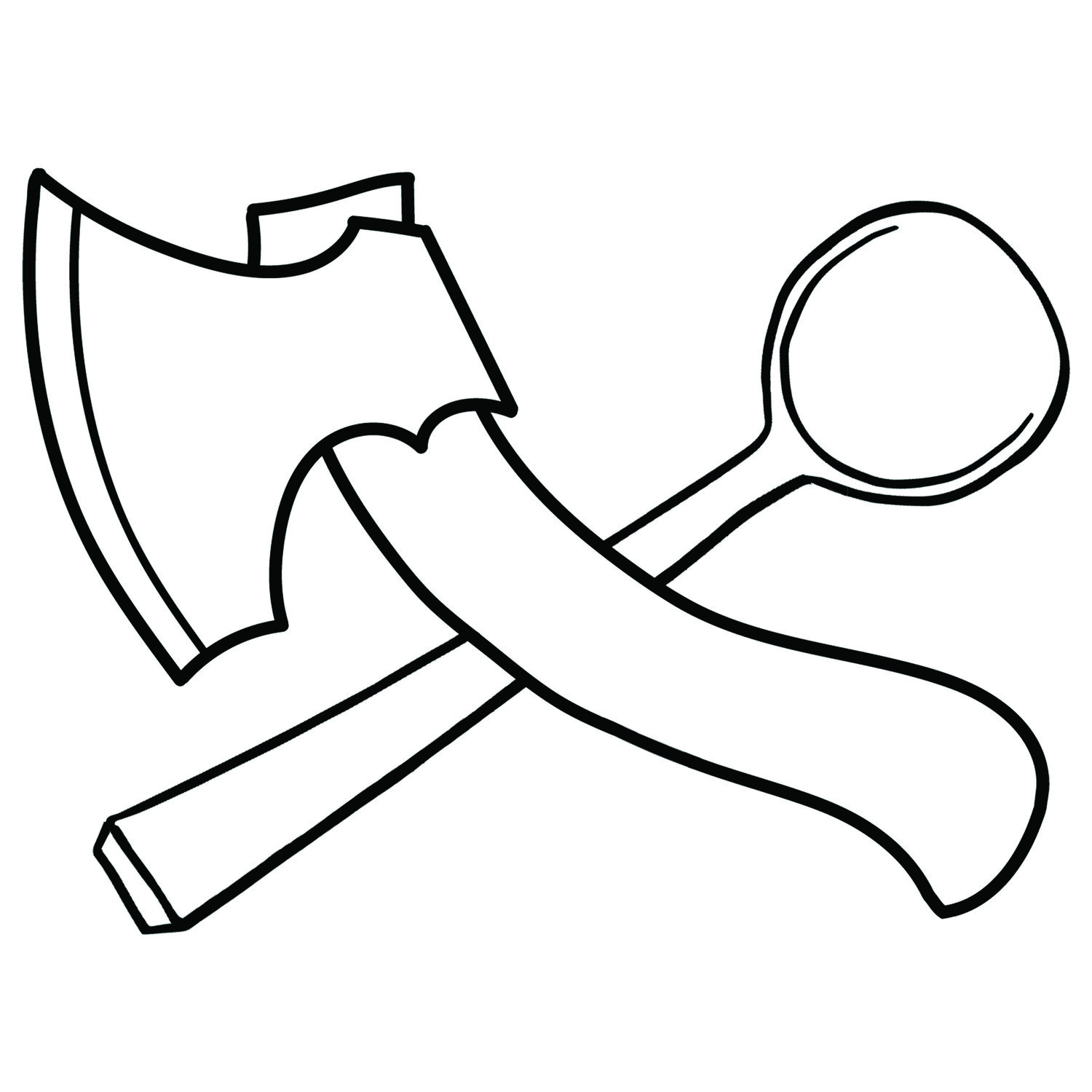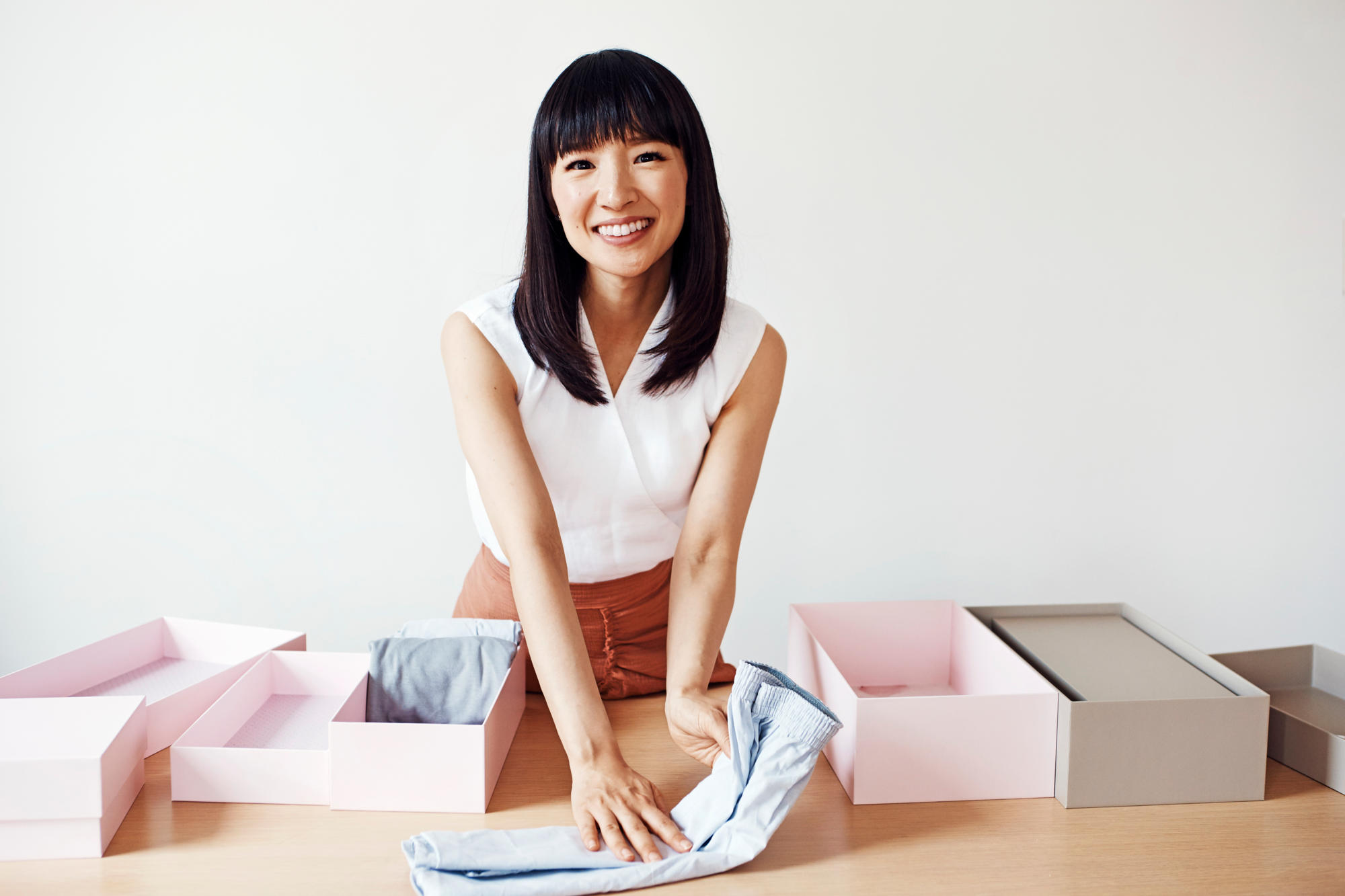Marie Kondo and Objects That Spark Joy
Marie Kondo - source https://people.com/home/marie-kondo-reveals-the-secret-to-actually-finishing-tidying-up-plus-more-tips/
I have yet to watch an episode of Tidying Up , but the internet is awash with articles about Marie Kondo and her efforts in encouraging people to clear clutter from their lives. From what I understand, the ‘KonMari’ method is to only keep the things that spark joy.
“Have nothing in your house that you do not know to be useful or believe to be beautiful”
I think that’s a wonderful idea. My wife and I are lucky enough to live in a home that, by U.S. standards, is sparsely filled. We don’t have a lot of stuff. A big part of that is thanks to the traveling we did in our twenties. Spending a few years living out of backpacks, the sum total of goods we could own was at the behest of airline luggage restrictions. That was especially true of when I moved to the States. I brought 30kg (66lbs) of possessions with me. Being forced to pare down my possessions like that ended up with me only bringing the possessions that sparked joy. Pretty much all of the possessions that weren’t strictly practical were handmade.
I thoroughly believe that handmade objects have a special way of sparking joy in our lives. The object connects the user to the maker. Humans are social creatures, so that connectivity is appealing. As I understand it, part of the KonMari method is thanking objects for the service they provide. This has its roots in the Shinto religion. Inanimate objects can have spirits (kami) and objects can gain a soul through service.
“At an early age, I understood this to mean that all creations were miracles of a sort. I could consider a spatula used to cook my eggs with the wonder and mindful appreciation you’d afford a sculpture; someone had to invent it, many human hands and earthly resources helped get it to me, and now I use it every day.”
As someone who makes objects for use, designing them to provide fruitful service, I know I put a little bit of myself in everything I make. I’ve heard many other makers talk about their own craft in a similar way. We take a shapeless raw material: clay, yarn, wood or steel, and through our own skill and diligence shape it into something that will be useful. It’s not an easy task. Nearly everyone I’ve met responds positively to handmade objects. We all admire the skill good craft requires. Often the results are beautiful. But they also have to be useful for them to properly provide service to us.
I’m a maker of objects. I’m also concerned about living lightly on the planet. There are times these two parts of me feel close to coming into conflict with each other. I love making things out of wood. The tactile pleasure of using hand tools to slowly reveal a beautiful object sparks joy in me. Ensuring that the object is functional assures me that those who buy my work will find joy in them too. I also find that using wood, especially that from urban trees, puts my mind at ease about the lifecycle of my products. When they cease to spark joy they can be easily returned to nature.
I think we can all learn from the lessons that Marie Kondo is trying to teach us. We have a short time here on Earth, so it seems a pity to spend it surrounded by objects we only feel lukewarm about. We all understand what it means for an object to spark joy. It might be a favourite wool jumper that fits just right, or a coffee cup given as a gift that evokes happy memories. Whatever it is, we can use that knowledge to add things to our lives that we can be confident will be a joy to use.


